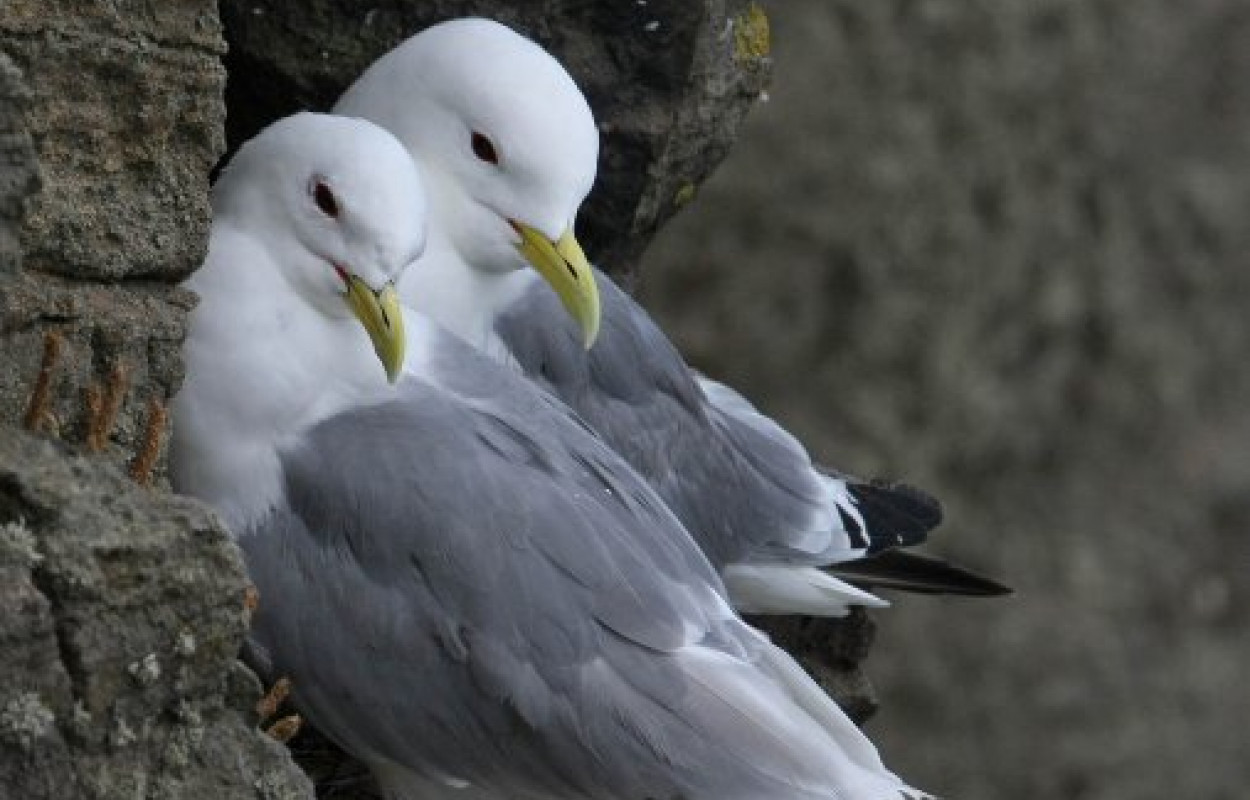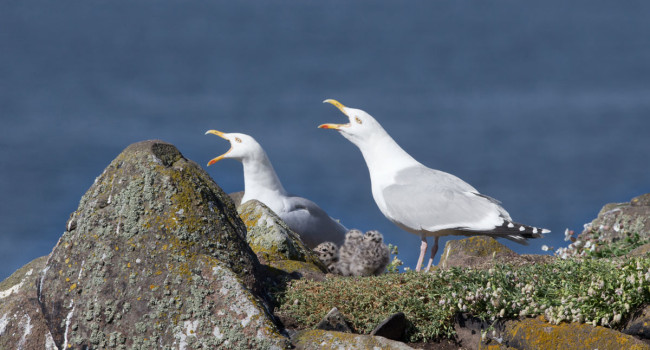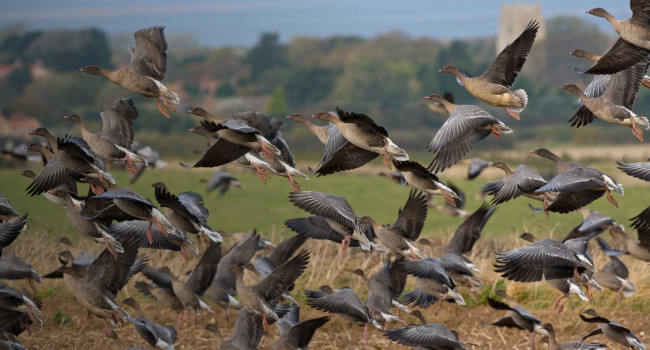Indicators of seabird reproductive performance demonstrate the impact of commercial fisheries on seabird populations in the North Sea

Author(s): Cook, A.S.C.P., Dadam, D., Mitchell, I., Ross-Smith, V.H. & Robinson, R.A.
Published: January 2014
Journal: Ecological Indicators Volume: 38
Digital Identifier No. (DOI): 10.1016/j.ecolind.2013.10.027
New research led by the BTO shows that the UK’s internationally important seabird populations are being affected by fishing activities in the North Sea. Levels of seabird breeding failure were higher in years when a greater proportion of the North Sea’s sandeels, important prey for seabirds, was commercially fished.
The UK’s seabirds are under pressure from human activities, such as resource extraction and fishing, as well as climate change. Under the European Marine Strategy Framework Directive, the UK is legally bound to make sure human activities are kept at levels consistent with “clean, healthy and productive” seas, and as top predators, monitoring seabirds can give insights into the state of the wider marine environment. In many species, counts of breeding individuals reflect population-level impacts of environmental pressures, but this is not necessarily the case with seabirds. This is because seabirds are long-lived and can delay breeding for several years after they reach maturity, or skip breeding seasons when conditions are poor.
Scientists at the BTO and JNCC have now shown monitoring seabird breeding performance to be the way forward. The study, using long-term datasets from the JNCC’s Seabird Monitoring Programme for nine seabird species, showed the knock-on effects of fishing activities in the North Sea on seabird breeding at colonies on the east coast of England and Scotland. Sandeels are typically fished for use in animal feed and fertilizer. There is a large fishery on Dogger Bank, which is within the foraging range of many seabirds. In years when a greater proportion of the North Sea’s sandeels was fished, rates of seabird breeding failure rose.
The study also found that seabirds breeding on the UK’s western colonies are faring better than those on the North Sea coast. Population declines and elevated breeding failures were found for eight out of nine species at North Sea colonies (with Kittiwakes particularly badly affected), compared to three out of nine on the west coast. The results demonstrate that seabird breeding can show how these key species are responding to environmental pressures before such changes become evident at the population level. Detecting such impacts as early as possible is a priority, as the management of the marine environment is changing, with expansion of offshore developments, the introduction of marine protected areas, and modification of fishing discards policy.








Share this page